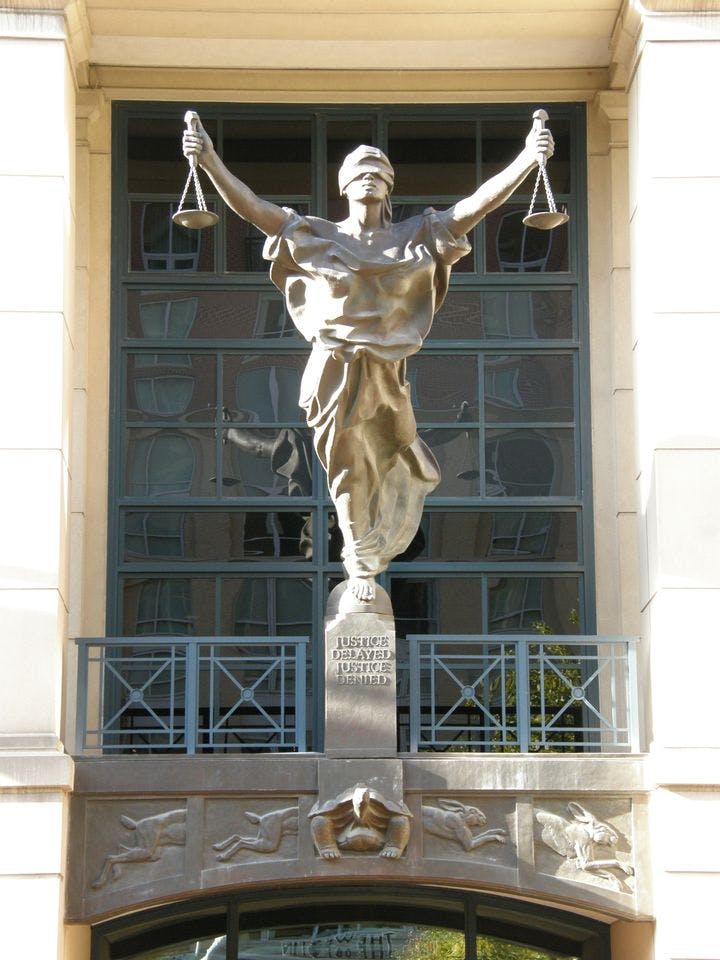Fall 2007
Janus of Jurisprudence
– The Wilson Quarterly
An observer notes the Supreme Court's steady move to the right, accomplished almost without notice or comment, by remocing the court's left-leaning justices.
The oldest and longest-serving justice on the U.S. Supreme Court, John Paul Stevens, is considered its most liberal member. In 1980, he was the institution’s middle-of-the-roader, squarely in the ideological center of the nine justices. In the intervening decades, “Stevens hasn’t much changed,” writes Cass R. Sunstein, a law professor at the University of Chicago. What has changed is the left wing of the court. It has vanished.
Justices Antonin Scalia and Clarence Thomas are the visionaries of today, Sunstein says. Justices William Brennan and Thurgood Marshall once looked ahead and believed that the Constitution banned the death penalty in all circumstances and created a right to education, as well as abortion. Today, Scalia and Thomas envision a nation where affirmative action laws have been wiped off the books, campaign finance restrictions have been lifted, and abortions are rare.
Justice Anthony Kennedy, nominated to the Court by President Ronald Reagan, now casts the “swing” vote in decisions that split left from right. Considering Kennedy to be the moderate, rather than Stevens, has important consequences both for constitutional law and public debate. “People’s sense of constitutional possibilities, and of what counts as sensible or, instead, extreme and unthinkable, shifts dramatically,” according to Sunstein.
Marshall’s and Brennan’s “clear, bold” writings against restricting the ability of citizens to bring suit in federal courts, or in favor of restrictions on campaign contributions, “pressed the Court toward moderation on those subjects.” These liberals, in their “bold” writings on controversial legal issues, were not necessarily correct, Sunstein writes. The Supreme Court is at its best when it proceeds cautiously and incrementally, with respect for the elected branches of government. “Marshall and Brennan, no less than Scalia and Thomas, tried to use the Constitution to impose a contestable political vision on the nation.”
The preferable route is to work within established categories and to move only with great reluctance to strike down acts of elected officials, above all congressional legislation. From 1984 to 2000, the Court overruled a surprisingly large number of precedents, more than 40, rejecting the law as it was understood in 1980.
What may be most remarkable about the judicial revolution, in addition to how “stunningly successful” it has been, Sunstein says, is “that most people have not even noticed it.”
* * *
The Source: "The Myth of the Balanced Court" by Cass R. Sunstein, in American Prospect, September 2007.
Photo courtesy of Flickr/Dan4th Nicholas
